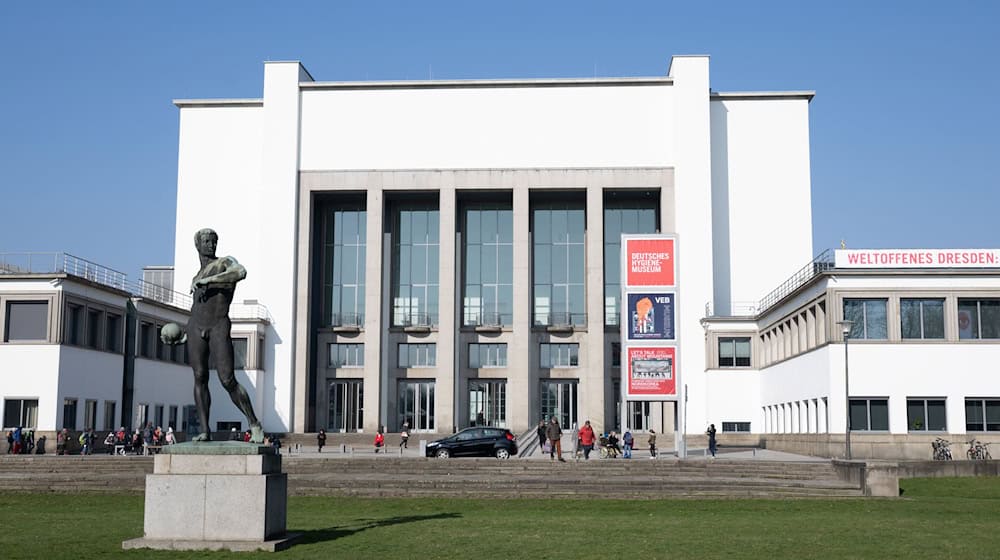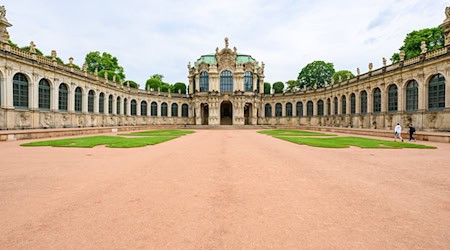The Deutsches Hygiene-Museum Dresden Foundation fears for the format and international reputation of the museum in light of the city's plans to make cuts. Reducing the budget by 1.33 million euros would mean "deep cuts" to the existing program, said Director Iris Edenheiser. The special exhibitions in 2025 and 2026, free admission for children and young people, another day of closure and cuts to educational and outreach work would be in question. This would "inevitably and quickly lead to a descent from flagship to mediocrity". The political decision-makers should bear this in mind in their deliberations - and the loss of reputation for the city.
Tight budget situation - city also cutting back on culture
Dresden has to make savings due to a tight budget situation. As a result, the city also wants to reduce its contribution to the Deutsches Hygiene-Museum Foundation by 665,000 euros in each of the next two years. As the city and the Free State jointly finance the institution to the same extent, this would mean a total cut of 1.33 million euros per year. Edenheiser pointed out that the museum is one of the flagship cultural institutions with international appeal, especially for families, children and young people.
So the planned exhibitions on freedom - under the patronage of the Minister of State for Culture and in cooperation with museums in Poland and the Czech Republic in 2025 - and mental health in 2026 could not be realized. "We will have to reconsider free admission for children and young people and cut back on the education program, we will hardly be able to offer anything free of charge," said Edenheiser. The most serious impact, however, would be on the quality of the exhibition program. "We don't want to and can't go back on that."
Less program means fewer visitors, less income, less visibility and promotion, Edenheiser described the expected scenario. With these cuts, "the Deutsches Hygiene-Museum will no longer exist in this form in the long term". That would be fatal, especially in these socially difficult times. The minimum funding level would be that of 2004 - 2.5 million euros each from the city and the Free State.
Museum with over a century of history
The Deutsches Hygiene-Museum Dresden was founded in 1912 by industrialist Karl August Lingner (1861-1916). The inventor of Odol mouthwash was one of the protagonists of the 1st International Hygiene Exhibition in Dresden in 1911. The collection includes more than 30,000 objects on the history of health education and care, such as the world-famous glass figures.
Since 1999, the museum has been run by a foundation and financed equally by grants from the city and state. In addition to the permanent exhibition on people, there are top-class presentations, including on social issues - and a children's museum. The foundation finances the program, personnel costs and the costs of maintaining the listed building - also from ticket income, rental income and third-party funds for projects and investments. By 2021, the grants from the city and the Free State of Bavaria had risen to 3.165 million euros - but not since then, despite inflation and minimum wage increases as well as the structural underfunding being discussed with the founders.
Copyright 2024, dpa (www.dpa.de). All rights reserved










